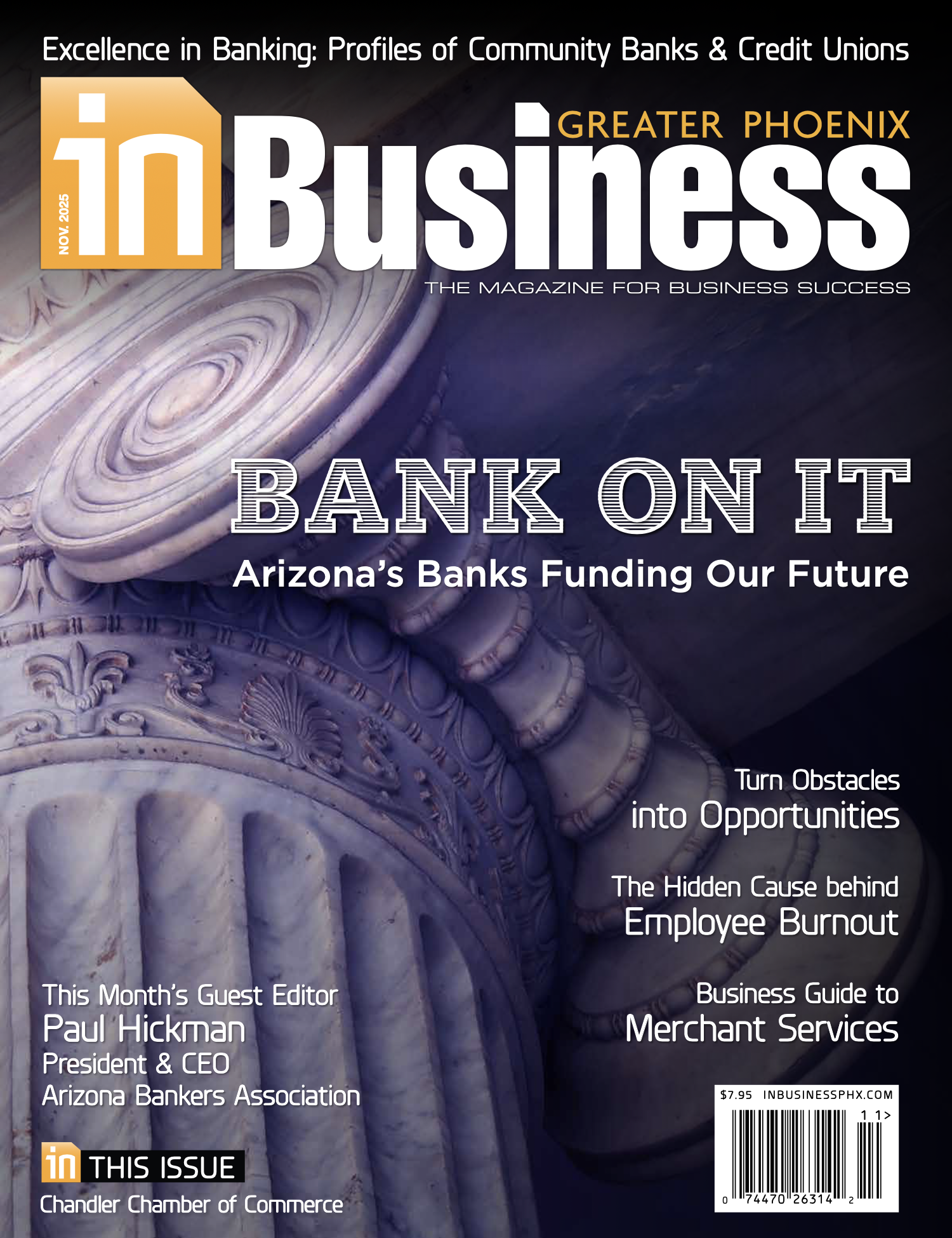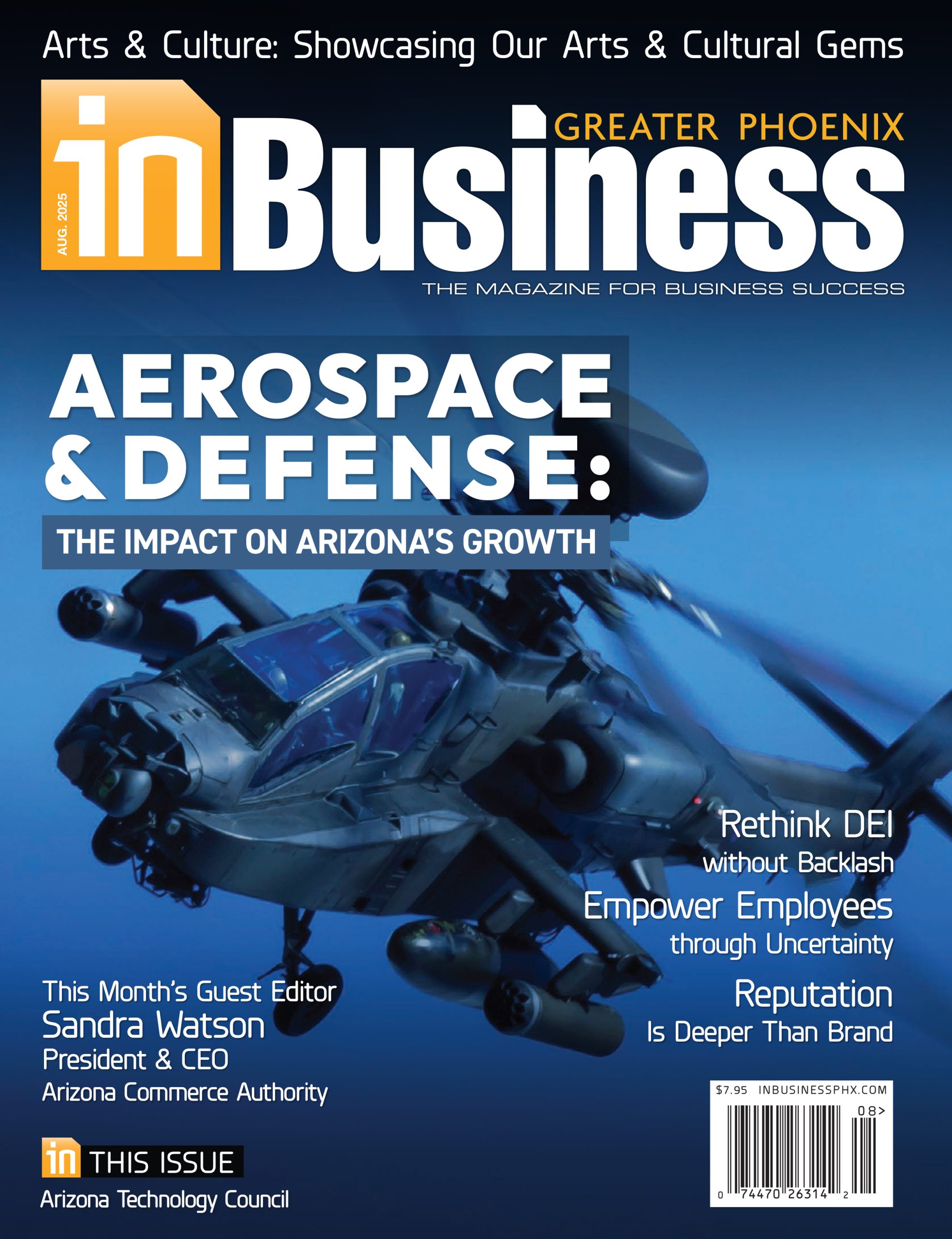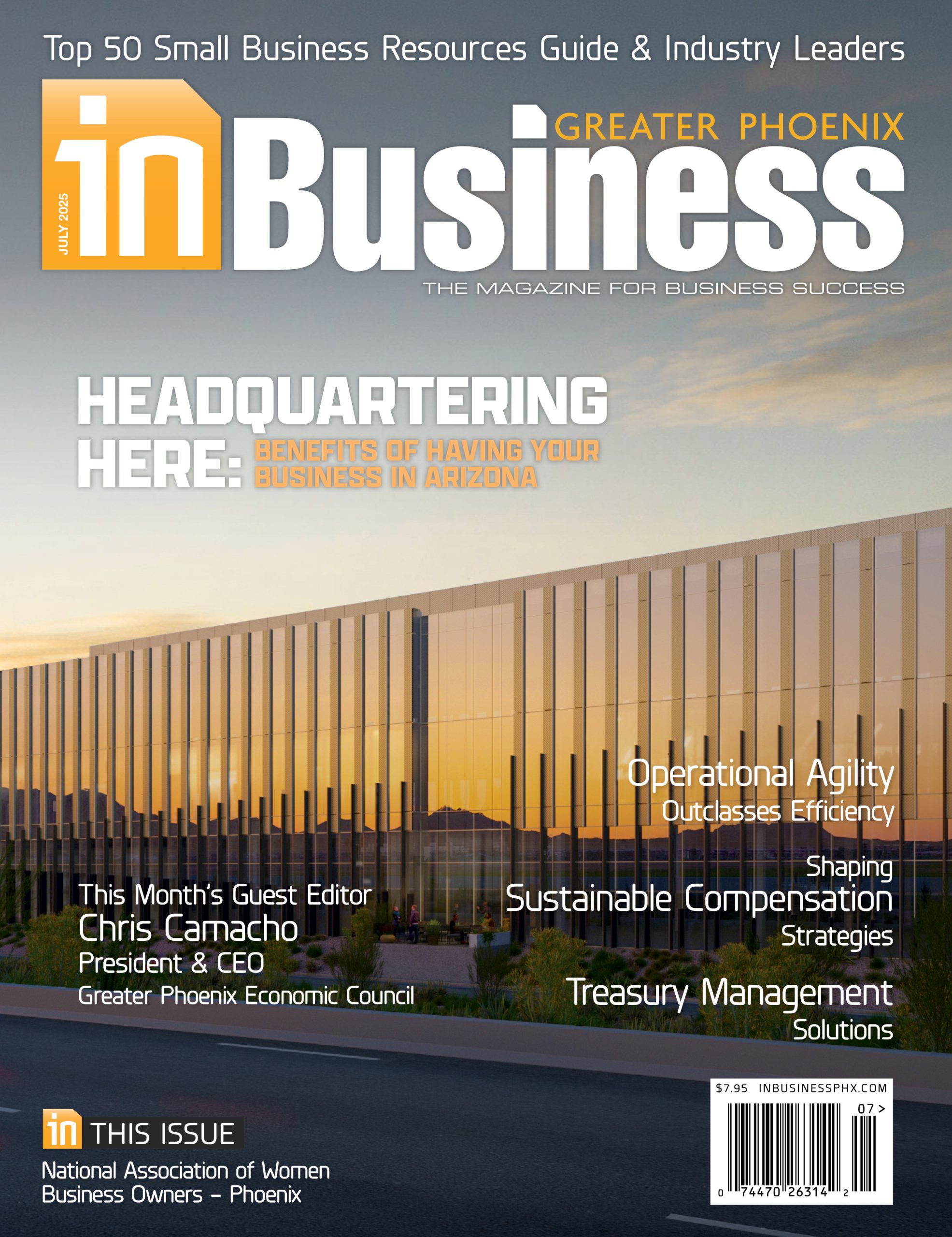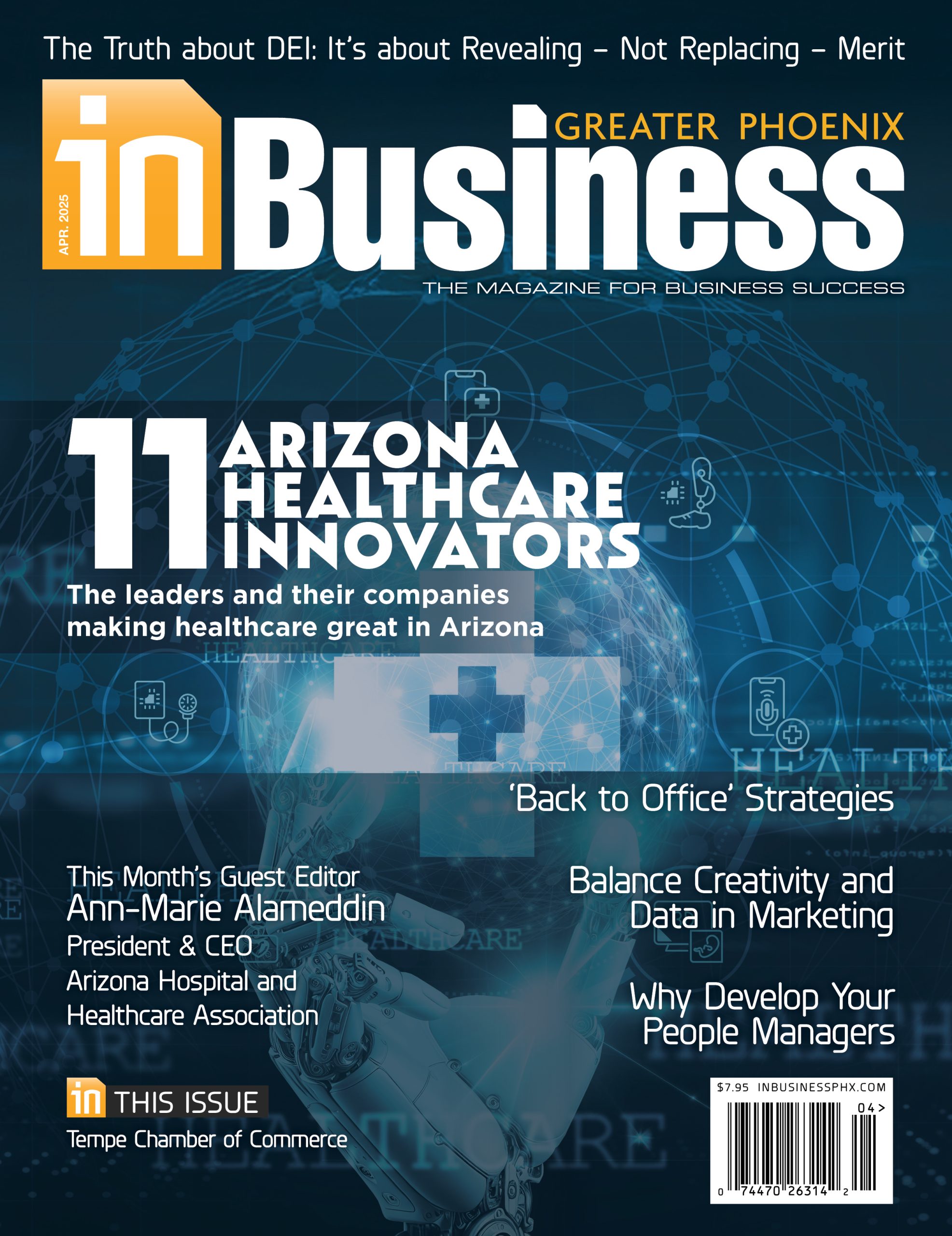 As economic headwinds batter organizations, leaders find themselves juggling risky operational decisions and the very real emotional turbulence experienced by their workforce. For many employees, the threat of layoffs feels ever-present, prompting unsettling questions. Their anxiety is understandable — even rational — in a market where headlines shift by the hour and company priorities must be rewritten overnight.
As economic headwinds batter organizations, leaders find themselves juggling risky operational decisions and the very real emotional turbulence experienced by their workforce. For many employees, the threat of layoffs feels ever-present, prompting unsettling questions. Their anxiety is understandable — even rational — in a market where headlines shift by the hour and company priorities must be rewritten overnight.
Are Employees Right to Be Worried?
Leaders must first acknowledge that workplace anxiety is valid and predictable. During volatile times, experienced workers, especially those who have weathered previous downturns, may spot “early warning signs” and wonder if history is due to repeat itself. Others might be tempted to jump ship preemptively in search of greener pastures, further destabilizing the organization.
It is important to recognize that employees respond to layoff uncertainty in varied ways. Factors such as generational differences, level of job satisfaction, financial situation, length of tenure and past experiences with change can all shape their perceptions. For instance, employees facing financial pressures may feel heightened anxiety, while those with longer tenure could be more invested in the company but also more sensitive to past traumas.
In response, a leader’s instinct may be to reassure. However, evidence suggests transparency about uncertainty is critical for fostering psychological safety. Employees can sense when leaders are evasive or insincere, amplifying worry and rumor.
Exploring Alternatives to Layoffs
For leaders, it can be tempting to view layoffs as the primary lever for rapid cost reduction in turbulent times. However, sustainable, compassionate organizations benefit from examining every other avenue before making such a consequential decision. Consider options such as offering early retirement packages, eliminating duplicative positions, shifting to incentive-based compensation plans, or revisiting unnecessary operational expenses.
Leaders who proactively audit their operations for these cost-saving measures signal to employees that every possible step is being taken to avoid painful cuts. Not only does this bolster organizational resilience, but it also demonstrates empathy and transparency.
The Leadership Imperative
In times of uncertainty, it is not always possible to avoid layoffs. So, what can leaders do in an environment brimming with unknowns?
The answer lies not in promising there won’t be tough times ahead but in equipping employees with clear frameworks to process uncertainty and regain some sense of control — such as reframing worries, mindfulness practices, focused action planning and models like Stephen Covey’s Worry Wheel, comprised of three distinct areas: the Circle of Concern, the Circle of Influence and, at its center, the Circle of Control.
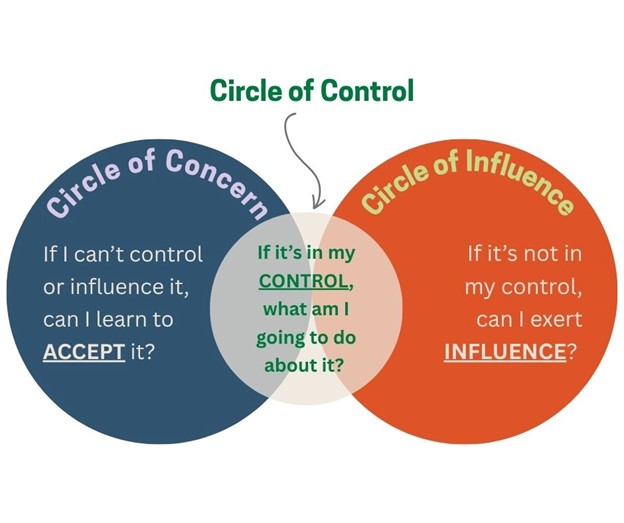 The Worry Wheel, adapted from Stephen Covey’s expanded framework, comprises three distinct areas: the Circle of Concern, the Circle of Influence and, at its center, the Circle of Control. This model helps individuals and organizations shift from helplessness to agency by focusing on where they can actually make an impact.
The Worry Wheel, adapted from Stephen Covey’s expanded framework, comprises three distinct areas: the Circle of Concern, the Circle of Influence and, at its center, the Circle of Control. This model helps individuals and organizations shift from helplessness to agency by focusing on where they can actually make an impact.
Worry Wheel Circle of Concern
This encompasses everything that one cares or worries about. In current circumstances, this might include economic instability, political differences, external market forces, executive decisions, health crises, crime rates, company budget constraints and more.
Stewing in this outer “circle” can lead to paralysis and chronic stress.
Leaders, to navigate the circle of concern, should invite teams to surface their concerns in a structured setting and then help them distinguish between what’s informational (to stay aware of) and what’s actionable.
Worry Wheel Circle of Influence
This is the domain where actions, choices or efforts genuinely make a difference — whether that is improving job performance, developing new skills, collaborating constructively with colleagues or choosing how we respond to changes around us.
Energy is well spent here as it can drive change, build resilience and reduce anxiety.
Examples of focusing on this area include encouraging continuous learning and upskilling; offering up-skilling courses, webinars or cross-functional project rotations; fostering internal communities or mentorship programs so employees can support each other through uncertain times; sharing opportunities; and brainstorming solutions to shared challenges.
Worry Wheel Circle of Control
The innermost area represents what one can directly manage and decide: one’s own attitude, responses, habits, work output and personal actions. Spending time here yields the highest return on energy.
A person can always control their own behavior, even when circumstances are chaotic.
Leaders should promote micro-habits for stress management such as short walks, focused breaks, and mindfulness practices to help individuals feel grounded despite the chaos. In addition, they should give employees clear visibility on what is happening and what is expected day to day as well as the freedom to manage their own workflow where possible.
How the Worry Wheel Helps with Worry
When individuals focus their energy on concerns they cannot control, productivity plummets and stress balloons; the wheel gets “stuck” and anxiety compounds. However, when they actively identify and act within their Circles of Influence and Control, those zones gradually expand.
With small wins — improving processes, building skills, adjusting attitudes — confidence and competence grow.
 Sam Bolen, SHRM-SCP, THRP, is the director of human resources consulting at REDW Advisors & CPAs. In her role, Bolen guides clients in all functional areas of human resources, including talent acquisition, compliance, policy administration, employee relations, investigations, performance management, training and ongoing support. Her deep experience spans industries, employee cultures and organizational complexity, from startups to large, well-established companies.
Sam Bolen, SHRM-SCP, THRP, is the director of human resources consulting at REDW Advisors & CPAs. In her role, Bolen guides clients in all functional areas of human resources, including talent acquisition, compliance, policy administration, employee relations, investigations, performance management, training and ongoing support. Her deep experience spans industries, employee cultures and organizational complexity, from startups to large, well-established companies.







